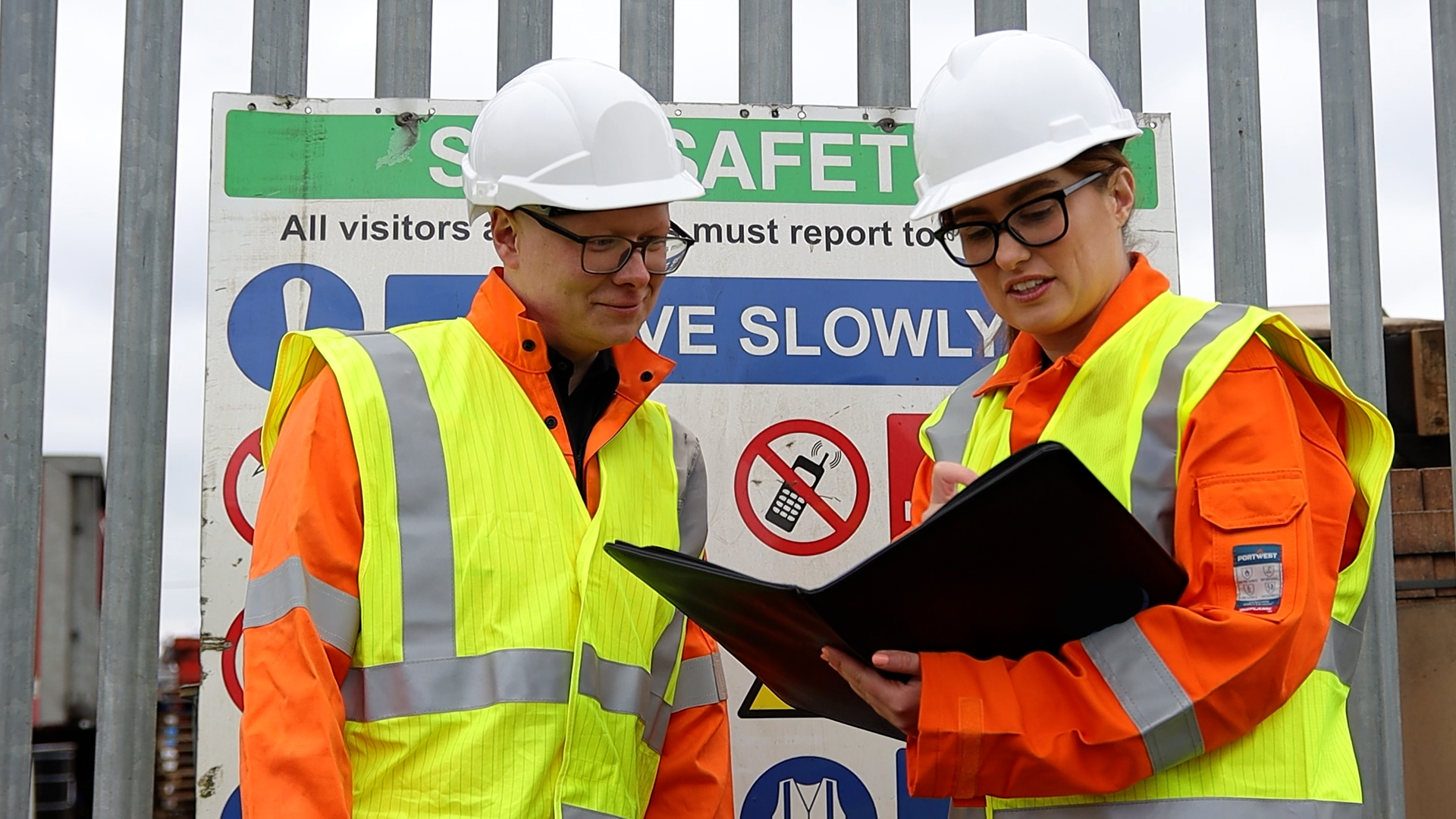What Is Process Safety Management?
01/08/2025

Process Safety Management (PSM) refers to the practices and systems implemented to manage the risks associated with industrial processes that involve hazardous materials, high pressures, or extreme conditions.
The goal of PSM is to prevent incidents that could lead to significant harm, including explosions, fires, toxic releases, and equipment failures.
This process involves the identification, evaluation, and mitigation of risks throughout the lifecycle of a process, from design to operation and maintenance.
Process safety is about safeguarding people, the environment, and your operations from catastrophic events.
Process safety engineering provides the framework, tools, and practices that ensure these systems are carefully managed and continuously improved.
Why Is Process Safety Management Important?
In industries dealing with hazardous chemicals, flammable materials, or high-pressure systems, the risk of catastrophic events is high.
That is why process safety management is essential.
Proper risk assessments and hazard identification procedures are key elements of PSM, helping identify and address potential dangers before they cause serious incidents.
Effective process safety reduces the likelihood of accidents, keeps your operations running smoothly, and ensures compliance with legal and regulatory requirements.
It also protects your company’s reputation, ensuring that incidents that could harm employees, the public, or the environment are prevented.
What Does a Process Safety Engineer Do?
A process safety engineer is responsible for implementing and overseeing the systems and procedures that ensure the safety of industrial processes.
Their primary duties include conducting risk assessments, identifying hazards, designing safety controls, and ensuring compliance with safety regulations.
Their work involves reviewing and analysing processes to identify hazards and risks, designing safety systems and procedures to mitigate identified risks, and ensuring that safety measures are integrated into daily operations.
The process safety engineer collaborates with other team members to ensure safety systems are functioning as intended, helping reduce risks and prevent potential accidents.
How Does Process Safety Management Work?
Process safety management works by identifying risks at every stage of a process through design, construction, operation, and maintenance, and taking steps to minimise them.
Key components of process safety management include:
Hazard Identification: The first step in process safety is identifying potential hazards, whether from materials, equipment, or operational processes.
Risk Assessment: Once hazards are identified, the next step is assessing the likelihood and potential consequences of those risks. This helps determine the level of protection needed.
Control Measures: Once risks are assessed, controls are put in place to reduce or eliminate them. This may involve redesigning systems, adding safety equipment, or creating operational procedures.
Ongoing Monitoring and Improvement: Regularly monitoring systems and making improvements is essential to ensuring safety systems continue to work effectively.
The Importance of Hazard Identification
Effective hazard identification is essential to process safety management. If hazards are not identified, it becomes impossible to manage them effectively.
Hazard identification should be an ongoing process, revisited regularly to account for changes in operations, new risks, or updated regulations.
Once hazards are identified, they must be assessed to understand the potential risks they pose including evaluating the likelihood of an incident and the impact it could have.
This is a crucial step in the overall risk assessment process and forms the basis for deciding what control measures are necessary.
The Role of Risk Assessments in Process Safety
Risk assessments are at the core of process safety management. They help identify, evaluate, and prioritise risks based on their likelihood and potential impact.
By conducting regular risk assessments, businesses can ensure that appropriate controls are in place to prevent major accidents and keep operations running smoothly.
Risk assessments are done at all stages of the process and should be revisited whenever there are significant changes in operations, such as modifications to equipment or operational procedures, or changes to regulations and release of new industry standards.
These assessments also ensure that any new risks are promptly identified and addressed.
Why Process Safety Matters
The importance of process safety management cannot be overstated. A failure in process safety can result in catastrophic consequences that damage reputation, harm people, and disrupt operations.
Examples of process safety failures include high-profile incidents like the Buncefield oil storage fire, the Flixborough chemical plant disaster, and the Texas City refinery explosion.
These events highlight the risks associated with not having robust process safety measures in place.
Effective process safety management protects people and the environment, ensures compliance with regulations, and safeguards your company’s reputation.
Beyond safety and compliance, strong process safety practices can help identify inefficiencies and provide opportunities for operational improvement.
How 6 Engineering Can Help
At 6 Engineering, process safety is our specialty.
We offer support with risk assessments, hazard studies, hazardous areas classification, and verifying safety systems.
Our experienced engineers work closely with your team to build practical safety systems tailored to your site and processes.
We can help you identify hazards, assess risks, and develop clear, workable controls to ensure your operations are safe and compliant.
Whether you’re starting from scratch, reviewing an existing setup, or embarking on a new project, our process safety engineers are ready to support you.
Want to Know More?
If you’re handling hazardous processes, understanding process safety is critical to protecting your people, your business, and the environment.
Contact us today to learn how we can help safeguard your operations with a tailored process safety approach.
